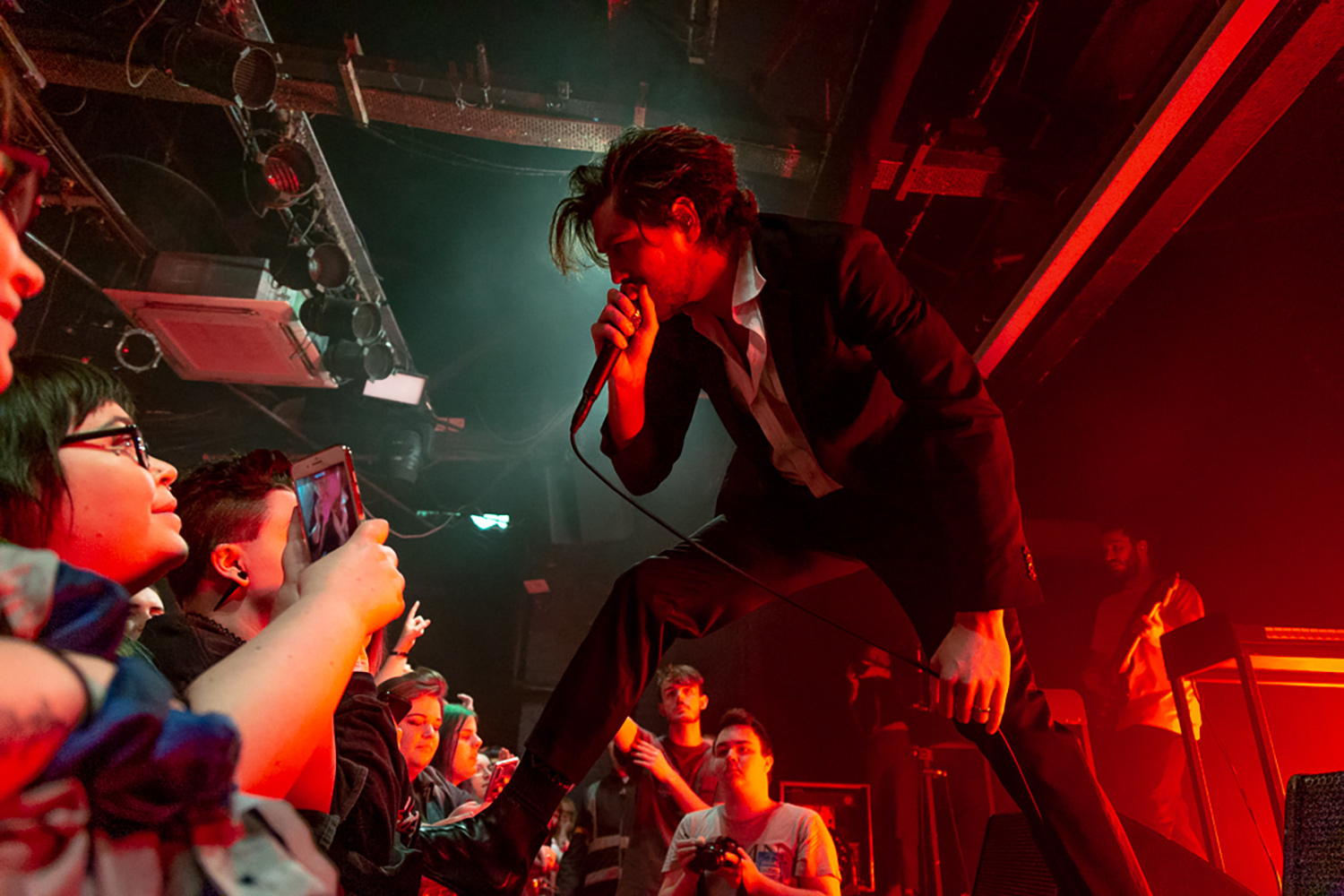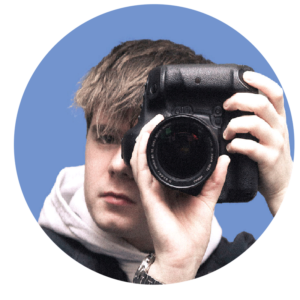Before using your camera on manual you should understand what aperture is in photography. Aperture is one of three essentials to understand when correctly exposing your photograph, the other three are ISO and Shutter Speed; these three settings make up the exposure triangle. Mastering the exposure triangle will allow you to create amazing photographs with complete control. Mastering these settings is mostly what makes the difference between an amateur photographer and a professional photographer.
What is Aperture in Photography?
Aperture is the amount of light that gets in through the lens. It is usually measured as an f-number, such as f/1.8. The f-number is what controls the and light and depth of field when you take a photograph. Depth of field refers to the size of the area in which the focus can be placed.
Think of it as being able to focus on a tiny part of your image, but not on another small part. For example, if your f-number is f/1.8, your depth of field is about 10cm. Meaning if you take a photograph of a subject that is about 10cm long, it will be in focus and the background will be blurry. However, if you take a photograph of a subject that is longer, the subject will not be in focus. The Aperture is what determines the depth of focus and the amount of light allowed into the camera’s sensor. This is why aperture can’t be underestimated.
Understanding Aperture
Aperture refers to the hole in the lens where the light travels through. Aperture is measured in f-stops (f-stops are measured in half a stop). The f-stop number represents the amount of light that passes through the lens. It can range from f/1.2 to f/22. If you can stop down your lens by one stop (one stop meaning to change exposure setting by one, for example, going from f/1.2 to f/1.4) then more light that was previously let through by the lens, will now be captured by the sensor of your camera. This is why a wide aperture is important to increase the depth of field, allowing for more depth of the subject and giving a smooth appearance. This is why aperture is important in photography. As you increase your aperture, the amount of light that passes through the lens is decreased, meaning less light hitting the sensor.
What Aperture should you use?
Aperture is the space in a lens that allows light to pass through into the camera to create an image.
In low light conditions, you want to have your aperture as low (wide) as possible; This can be as low as f/1.2. Having a low aperture will give you a shallow depth of field; meaning that focusing on your subject requires great attention.
Here is an example of a time I missed my focus.
Photographed at F/5.6 my depth of field was shallow (but not as shallow as it can be). As you can see in the photograph the red microphone is in focus. However, Heather’s (Pale Waves Lead Singer) is not in focus. My aim for this photography was to have Heather’s face sharp and in focus however, this did not happen resulting in this photography being unusable.
As a rule of thumb, daylight photography can be shot at around f/8. This setting keeps your photograph sharp and lets in enough light.
For long exposure photography, you can shoot with your aperture as high (narrow) as you like. If you wish to have the whole of your photograph in focus you should use a high (narrow) aperture. A narrow aperture can be set to f/22, at f/22 the whole of your photograph will be in focus however, you will need a tripod so that you can let more light in using shutter speed.
The Correct Settings for Aperture
Aperture is the hole in the lens that allows light to pass through. This hole can be narrowed or widened, making your image darker or brighter. The setting of the aperture determines how much light will pass through the hole, and therefore how much of your image will be exposed to light. A wide aperture (lower number) = More light, meaning a brighter image, but limited depth of field. A narrow aperture (higher number = Less light, meaning darker image, but more depth of field.
Here is an example of a good use of aperture.
In this photograph we can see that this is correctly exposed, meaning that aperture, ISO and shutter speed have all been set correctly. Photographed at the aperture of f/4 we can see that Sam’s (Lead singer of Twin Atlantic) face is sharp and in focus. photographing at F/4 means that there is some shallow depth of field. At a close look, you will begin to notice that the further away a subject is to Sam, the more blurry they are. The fans closer to the lens are not sharp. The fans and other photographers are also not sharp. This is because the depth of field is short, only what is in line with Sam is in focus.
How Aperture affects depth of field
Aperture is the depth of field within the photograph. Aperture has been confusing the common photographer for a long time now. However, all the confusion surrounding Aperture was partly solved with the introduction of Focusing lenses, now we can learn about how the depth of field changes when we change the aperture. All that you need to know when you want to control your depth of field is that the lower the number the less length of focus you have; the higher the number the more focal length you have. When focusing at f/1.2 it can be difficult to get what you want in focus as the focal length is very short. However, photographing at f/1.2 is a lot easier now that autofocus is implemented into all modern DSLR camera’s.
Conclusion
Now that you understand all of the basics and benefits of Aperture, you should be able to create amazing images that look truly professional; especially once you master Shutter Speed and ISO; they are essential to know in order to build your understanding of Aperture.
I hope you have found this guide useful, please share this with others you know who are interested in learning how to master Aperture. If you liked this guide sign up for my newsletter. I will be providing you with help, advice and tips on becoming a professional photographer.







Comments
Marshall Francisque
Luke